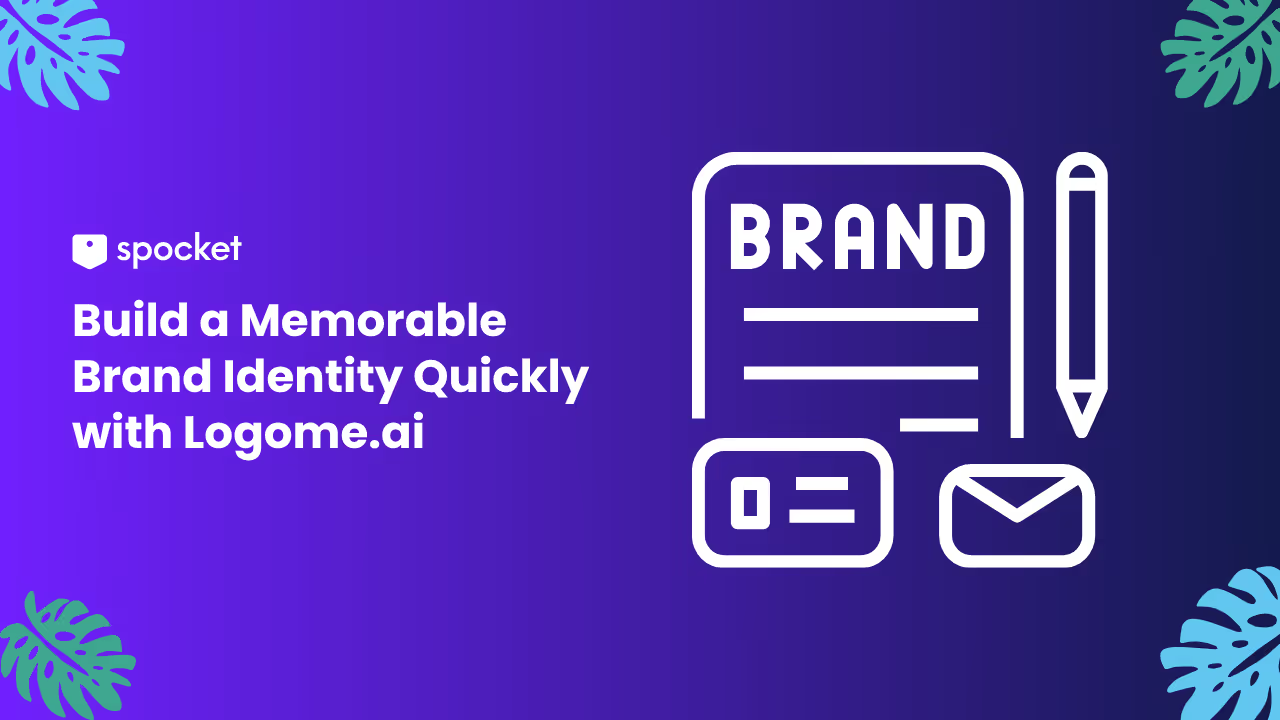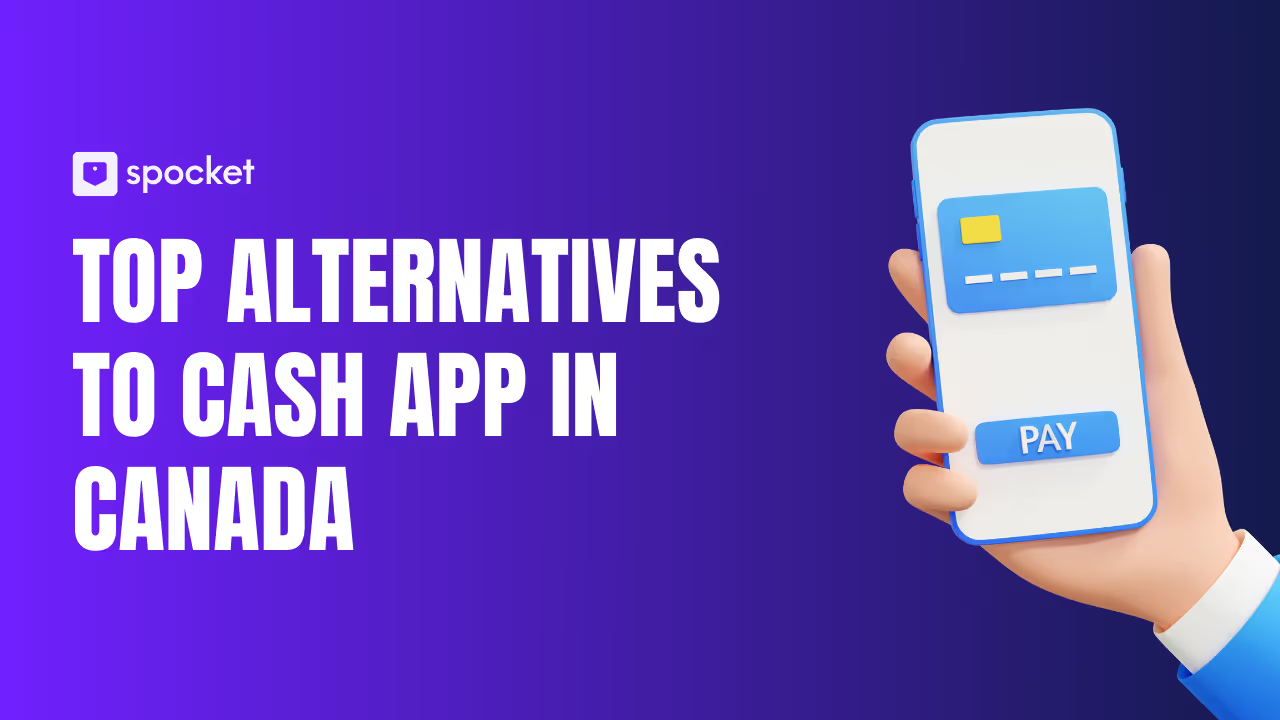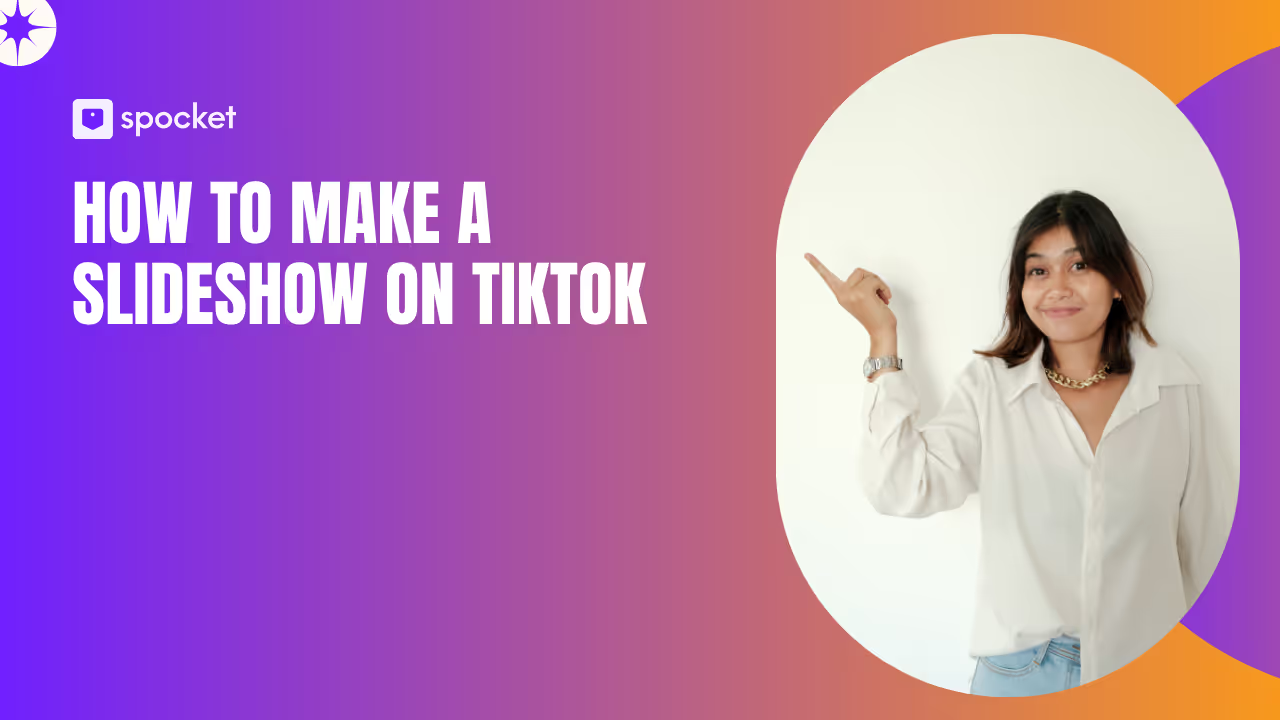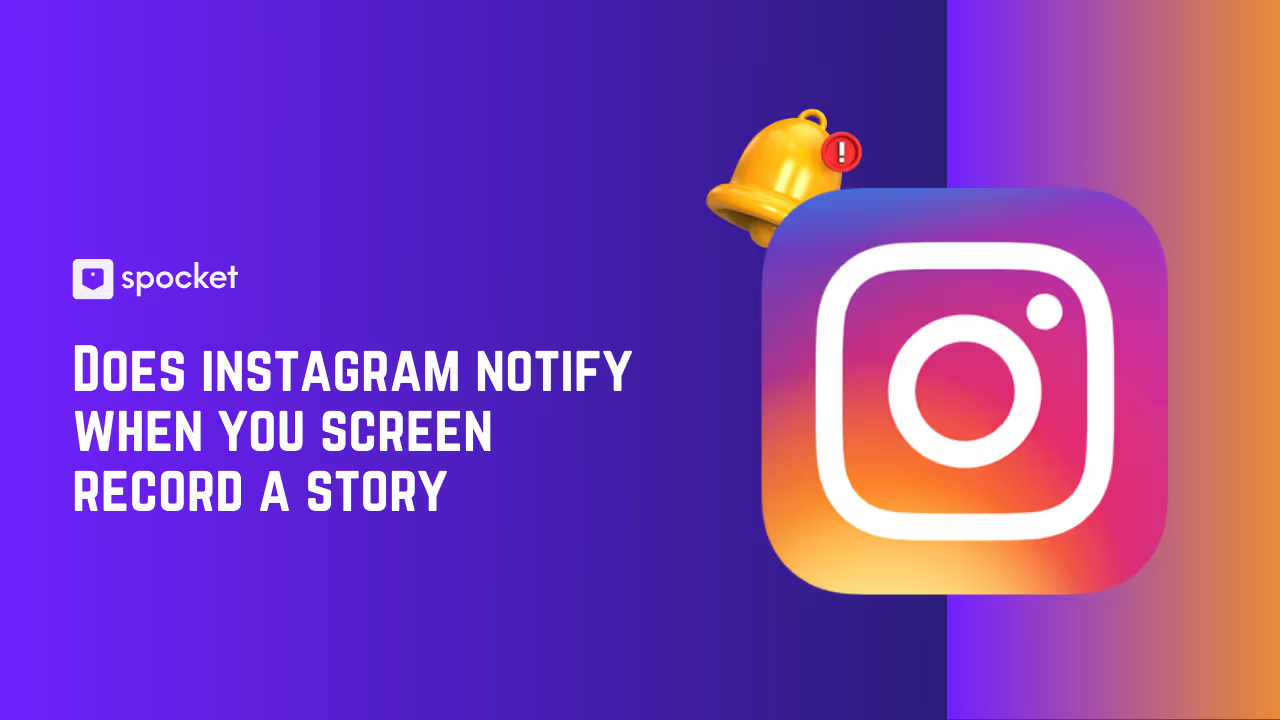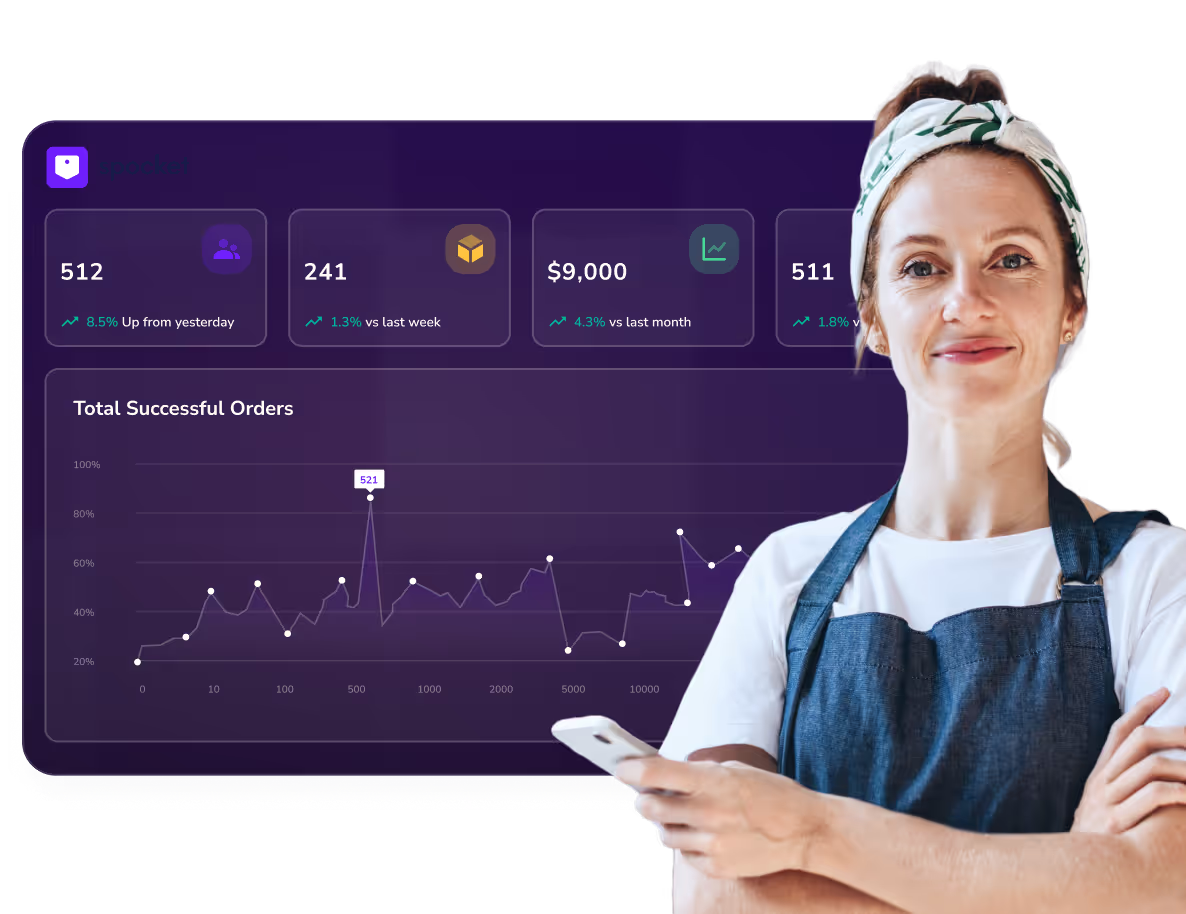Starting a business is exciting, but one of the toughest challenges is building a brand identity that looks professional and consistent. Many entrepreneurs rush to design a quick logo, only to realize later that it doesn’t tie together with their website, social media, or marketing materials. The result feels unfinished and forgettable.
Logome.ai makes that process simple. As a branding tool and AI logo generator, it creates not just a logo but an entire brand kit in minutes—colors, fonts, social media graphics, and even a ready-to-launch website. You don’t need design expertise or a big budget to look polished from day one.
In this guide, you’ll follow a practical 90-minute brand sprint using Logome. By the end, you’ll have a clear identity that feels consistent across every channel and memorable enough to stand out in your market.
Why Brand Kit First Wins Over Ad-Hoc Design
Most people think a logo is enough to get started, but a logo without supporting elements rarely sticks in people’s minds. What makes a brand truly memorable is consistency. Before you start posting on social media or printing business cards, you need a system that ties everything together. That’s where a brand kit-first approach gives you an edge.
Cohesion Matters More Than One Good Logo
Think of your favorite brands. When you see their posts, packaging, or even an email subject line, you instantly recognize them. That recognition comes from repetition and cohesion. A single logo might look good, but if your Instagram posts use random fonts and your website has different colors, your message gets diluted. A brand kit ensures every touchpoint feels connected.
AI Brings Strategy and Execution Together
In the past, branding was a slow process: research, mood boards, design drafts, endless revisions. With AI, you can shorten that cycle dramatically. Logome helps you define your values and instantly translate them into visuals, fonts, and colors. You’re not just getting a design; you’re getting an identity that reflects your strategy in real time.
The Minimal Viable Brand You Actually Need
You don’t need an agency-level brand manual to launch. What you do need is the foundation: a main logo, a secondary variation, a clear color palette, two font styles, and a few templates for social media and documents. That’s your minimal viable brand. Once that’s in place, you can confidently show up online and look like you belong in the market.
90-Minute Logome Brand Sprint
Most people overcomplicate branding, but it doesn’t have to take weeks. With Logome, you can move from a blank page to a complete identity in just an hour and a half. This sprint breaks the process into focused steps, each building on the last, so by the end you have everything you need to launch with confidence.
0–10 Minutes — Define Name, Niche, and Promise
Start with clarity before design. Write down your business name, the audience you want to serve, and a simple one-line promise. For example: “Handmade skincare for busy professionals who want results without chemicals.” This sentence becomes the backbone for your visual identity and brand tone.
Next, jot down three core values and three tone words. Values might be “authentic, sustainable, approachable.” Tone words could be “friendly, clean, modern.” These small anchors will keep your brand from drifting into random styles.
10–30 Minutes — Generate Logo Directions with Logome
Now it’s time to feed Logome your vision. Enter your business name, industry, and the style you’re aiming for—like bold, minimal, or playful. Experiment with color suggestions if you have preferences, or let the tool surprise you with options.
Pick two or three logo directions that stand out. Save both the primary and simplified versions. Make sure you grab exports in vector and transparent formats so your logo can scale for different uses, from social icons to packaging.
30–50 Minutes — Build the Brand Kit Automatically
Here’s where Logome really shines. Once your logo is chosen, it instantly generates a brand kit that includes color palettes, font pairings, and patterns. This is what transforms a logo into a brand.
Don’t over-edit at this stage. Stick to a primary color, a secondary accent, and a neutral. Pair two fonts—one for headlines, one for body text. This combination will give your brand the visual rhythm it needs to feel professional and consistent.
50–70 Minutes — Create Voice, Tagline, and Micro-Copy
A brand isn’t only how it looks—it’s also how it talks. Use Logome’s AI prompts or your own writing to draft a tagline and key messages. Keep your tagline short, punchy, and benefit-focused. Think: “Design made simple” or “Coffee that cares.”
Build a small tone codex. Write three examples of how your brand speaks and three ways it should not. For instance, “Do: keep language simple and human. Don’t: use jargon or heavy technical terms.” This makes your communication as recognizable as your visuals.
70–90 Minutes — Assemble the Day-1 Asset Set
Now bring it all together. Export a profile photo version of your logo for social media, a cover banner, two social post templates, and an email signature. Add a business card layout and a hero banner for your website.
With these assets, you’re ready to look consistent everywhere. Save everything in a folder called “Brand Kit v1” with clear labels so you never scramble for the right file later.
Instant Validation Loop: Test Before You Over-Commit
Even the best-looking brand kit can miss the mark if it doesn’t resonate with your audience. Instead of guessing, you can run quick validation tests within 24 hours. This step helps you avoid painful rebrands later and ensures your look and voice connect with the people you want to reach.
Five-Message Feedback Script
You don’t need a big budget or survey platform to test your identity. Start by sending five quick messages to friends, colleagues, or people in your target audience. Share two logo variations, a tagline, or a color palette.
Keep the questions short and direct:
- Which logo feels more trustworthy?
- Do these colors feel aligned with the product?
- Does the tagline make sense immediately?
Ten responses are usually enough to spot clear patterns. If 7 out of 10 people prefer one option, that’s your winner.
Micro A/B Checks Without Ad Spend
You can also test in the wild without spending a dime. Post two versions of a design on social media stories and use polls to gather instant feedback. Swap hero images on your website for a day and track which one keeps visitors longer.
These small experiments give you real-world validation. The point isn’t perfection—it’s direction. Once you see what resonates, lock it in and move forward.
Your One-Page Brand OS
Once your logo, colors, and voice are in place, the next challenge is keeping everything consistent. A brand OS, or operating system, is a one-page guide that keeps your visuals and tone aligned. It doesn’t have to be complicated—it just needs to be clear and usable for anyone creating content for your brand.
What to Include in a Brand OS
Think of this as your brand’s cheat sheet. At minimum, include:
- Primary and secondary logos with usage notes
- Your three-color palette with hex codes
- Font pairings for headlines and body text
- Tone-of-voice examples, with dos and don’ts
- Export guidelines (file types, sizes, safe margins)
This single page becomes the anchor for everything you create.
Naming Conventions for Assets
An overlooked part of branding is file organization. Use a simple format like brandname_asset-purpose_platform_version.ext. For example, sunbeam_logo-primary_web_v1.png. This keeps your assets tidy and prevents mix-ups when you start scaling.
Where to Store Your Brand OS
The best brand OS is the one people can actually find. Save it as a PDF in a shared folder or link it in your project management tool. Pin it in Slack, Notion, or wherever your team communicates. That way, everyone has the same reference point.
Day-1 Activation: Turn the Kit into Traffic and Trust
A polished brand kit is only valuable if people see it in action. The first day after creating your identity is the perfect time to make a strong impression. By rolling out your assets consistently across channels, you signal professionalism and build instant trust with your audience.
Social Launch Pack
Start with your most visible platforms. Upload your new logo as a profile image, add your branded cover banner, and schedule two to three posts that introduce your brand. Keep one post as an announcement, another as a behind-the-scenes story, and one that highlights your core product or service. This variety shows depth and personality.
Website and Email Touchpoints
Update your website with your new logo, hero banner, and brand colors. Swap the favicon to match your symbol so your site looks cohesive in browser tabs. For email, roll out a signature template that includes your logo, tagline, and consistent font. Every email sent now doubles as a branding opportunity.
Commerce and Document Assets
If you sell products or services, apply your new branding to store graphics like banners, category images, or product labels. For service businesses, add your brand elements to invoices, proposals, and presentations. Even a simple PDF with your colors and fonts creates a more professional experience for clients.
Risk Hygiene: Quick Checks to Prevent Painful Rebrands
Before you go all-in on your new brand identity, it’s smart to pause and check for potential risks. Many businesses launch fast, only to face legal issues or customer confusion later. A few simple checks now can save you from expensive rebrands in the future.
Domain and Social Handle Availability
Your brand needs to be easy to find. Check if your domain name is available in common extensions like .com, .co, or .io. Do the same with social handles across platforms. Even if you don’t plan to use every platform immediately, securing your name now prevents copycats.
Similarity and Confusion Check
Search for brands with names or visuals similar to yours. Look not only in your industry but also in related categories. If another company uses nearly the same name, logo, or color palette, customers may get confused—and you could end up with disputes.
Basic Trademark Search
You don’t need to hire a lawyer on day one, but running a basic trademark search in your region is worth the effort. Many countries have free online databases where you can check for conflicts. If you plan to scale internationally, this becomes even more important.
Pro Tips from the Landscape: Where Logome Shines vs Alternatives
There’s no shortage of AI tools promising quick logos or brand kits. Many of them do a decent job, but most stop at design. The real advantage of Logome is that it doesn’t just hand you a logo—it builds a full system you can use right away. That difference matters when you’re trying to move fast without losing consistency.
The Problem with Logo-Only Tools
Plenty of platforms can create a simple logo, but that’s where they end. You’re left scrambling to find matching fonts, guess color codes, and design social posts from scratch. This piecemeal approach eats up time and often leads to a patchwork identity.
Why Logome Is Different
Logome goes beyond a single design output. It automatically generates a brand kit that includes your logo variations, font pairings, color palettes, social assets, and even a starter website. Instead of juggling five different tools, you get everything in one package that feels cohesive from day one.
Validation Against Market Trends
The trend in branding right now is speed and accessibility. Other platforms like Lovart have tapped into the idea of building a brand in an hour, but Logome is designed with small businesses and solo founders in mind. It focuses on delivering a polished, usable identity rather than flashy but disconnected visuals.
Conclusion: Launch Today, Improve Tomorrow
Building a brand no longer has to be slow, expensive, or overwhelming. With Logome, you can create a complete identity—logo, colors, fonts, assets, and even a starter website—in under two hours. The 90-minute sprint gives you a system you can immediately put into action, from social media posts to client documents.
The real advantage is momentum. Instead of waiting weeks for a design process to wrap up, you launch today. You start showing up with a consistent, professional presence across every channel. From there, you can refine, test, and evolve as your audience grows. Branding isn’t about perfection on day one—it’s about creating a foundation strong enough to stand out and flexible enough to adapt.
So take the first step: generate your brand kit, validate it quickly, and roll it out. The sooner your brand is in the world, the faster it can start building trust and recognition.




















